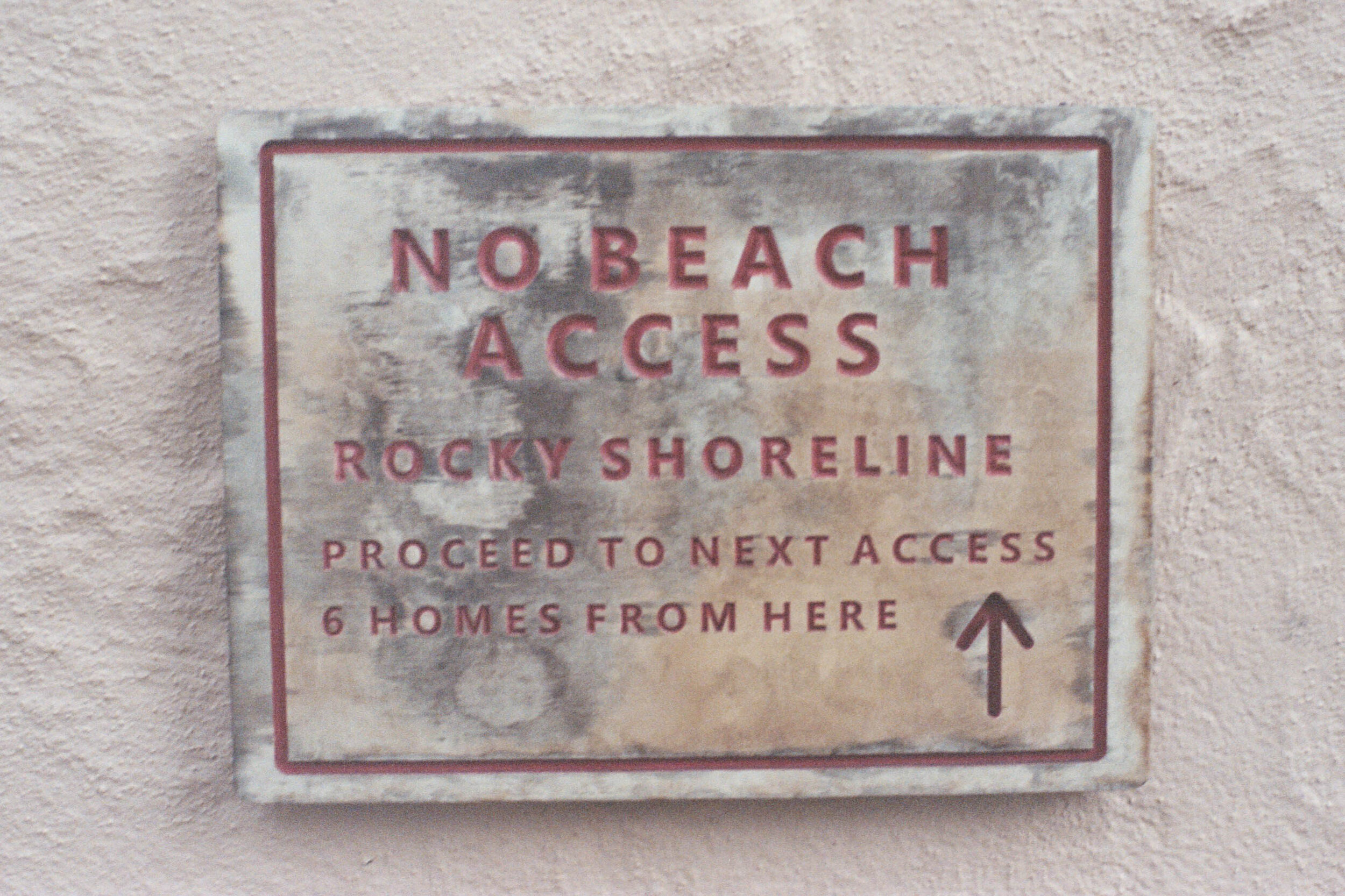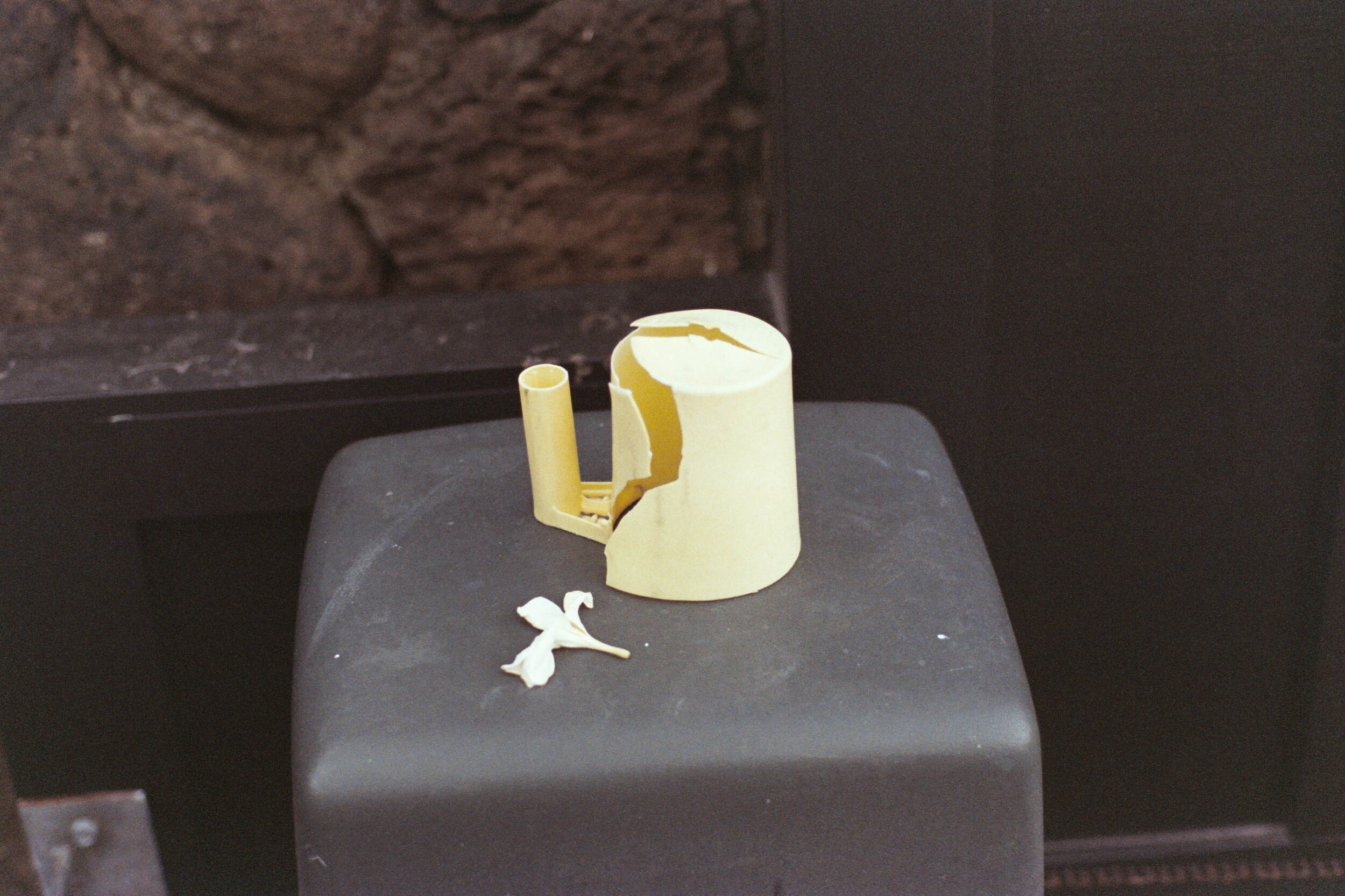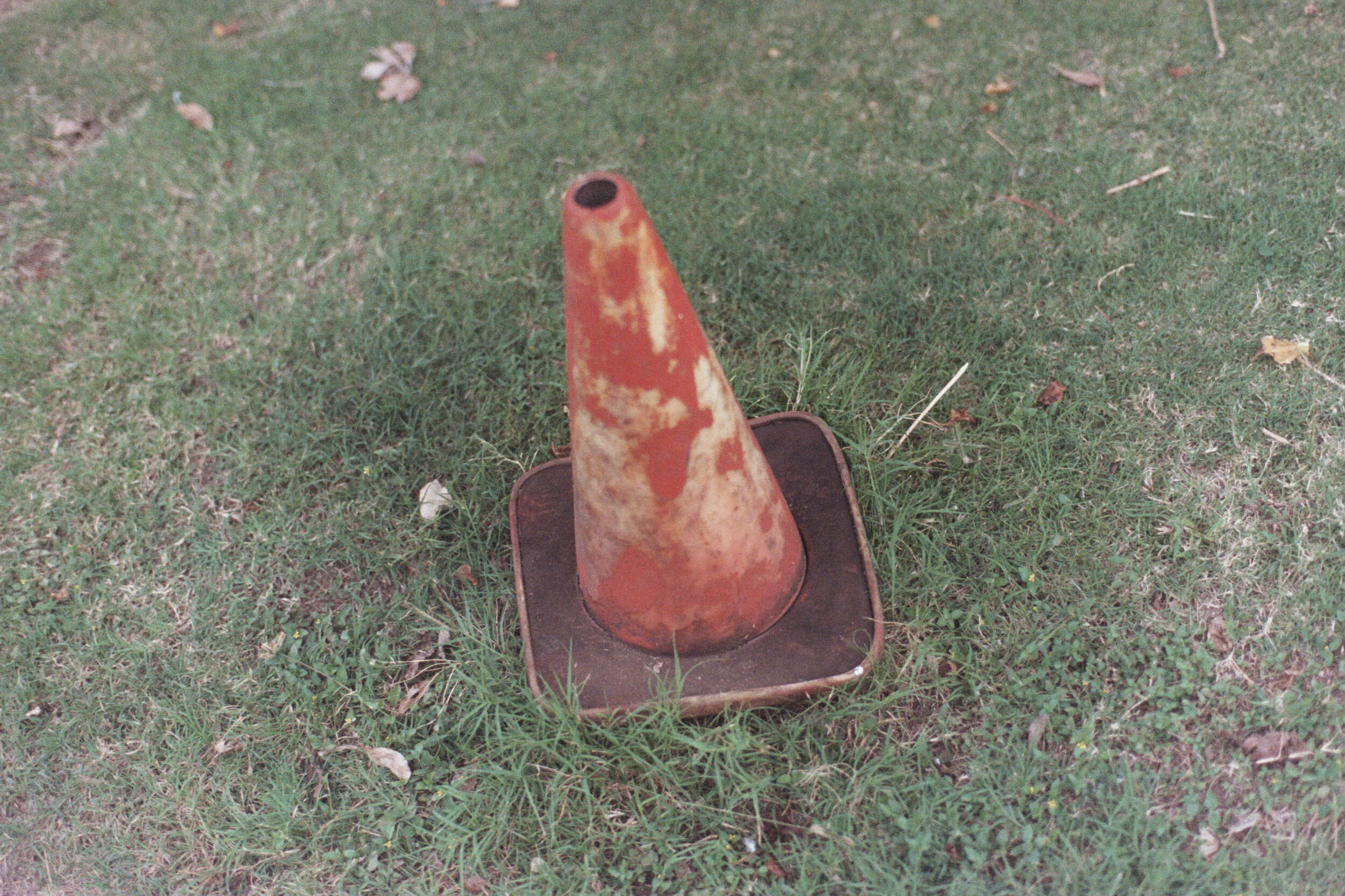Olympus OM-PC
In production from 1985 to 1988, the Olympus OM-PC (OM-40) was marketed to the premium consumer market. Called the OM-40 in most markets, keeping with the OM-10, 20, and 30 naming logic. However, it was called the OM-PC for the American market. (Logic is over rated.)
Some call the OM-PC the ugly duckling of the OM line. Presumably because it deviated from the more traditional body of the previous OMs and fully embraced the 1980 plastic revolution. The plastic has not always aged gracefully and many are now missing the rubbery accents or have oxidized with a white film. Some may argue that the plastic makes the PC less durable than the earlier models, but my version seems in fine working order.
One thing that did not change is the compatibility to the full range of OM G. Zuiko lenses for the line. And like the other OM bodies the PC has a unique set of exposure options. The PC has three exposure modes:
Program Mode: this is auto exposure mode where you set the lens to the minimum aperture and the cameras picks the shutter speed and the aperture for you.
Auto Mode: this is aperture priority mode.
Manual Mode: where the user sets the speed and aperture.
Additionally, the PC introduced Electro Selective Pattern (ESP) metering system, an early version of matrix metering. Also, DX film capable or manual setting plus +/- two stops of compensation. All the automation came at a price of a fully battery dependent camera. Dead battery = dead camera so carry a couple of extra LR-44 battery (fortunately still available).
My Take:
When I first saw the Olympus OM line, I was not very interested. How could they compete with real cameras like the Nikon F3 or a Leica M3? They looked cute but not like real cameras. Plus, they were more affordable so how could they be good? Then I shot one and I was hooked. The size felt great in hand and the images were great. The system had some quirks like the shutter speed on the body around the lens. Most of the quirks were intuitive, even endearing once I adjusted. I was hooked so I set out to shoot them all (M-1, OM-1, OM-1n, ON-2n, OM-3, OM4Ti). Each OM single digit had a different combination of modes and options but they were all fantastic. Then there is the Zuiko glass! Wow, I’m a believer. My conversion to the OM single digit system actually turned me off to the OM 10, 20, 30 and 40/PC. As I researched the OMs, I was exposed to the opinion of others that the single digit OMs were great and the double digit OMs were just lesser consumer models. Then I found the OMPC, it was cheap so, I decided to confirm my opinion.
I was wrong. The PC is a capable camera. True, it is more focused to the consumer market, even the beginner market. But it is still a very capable camera. The plastic body does not have the charm of the other OMs but it is light and usable. I would recommend the 40/PC to a variety of shooters. This could be a great first film camera. Gives you everything from full auto to full manual and a path to other great cameras with the same wonderful glass. For the experienced shooter this could be a cheaper way to try the OM system. If you are already in the OM system but avoided the double digit bodies, the PC could be a good travel or second body. If you have a 40/PC and are reading this for validation - given. Just go shoot.
I still prefer the style and build quality of the single digit OM cameras but the OM-40/PC has made me question my uninformed opinions of the double digit models.
Lens: 55mm f1.2
Film: Fujicolor Superia X-TRA 800




